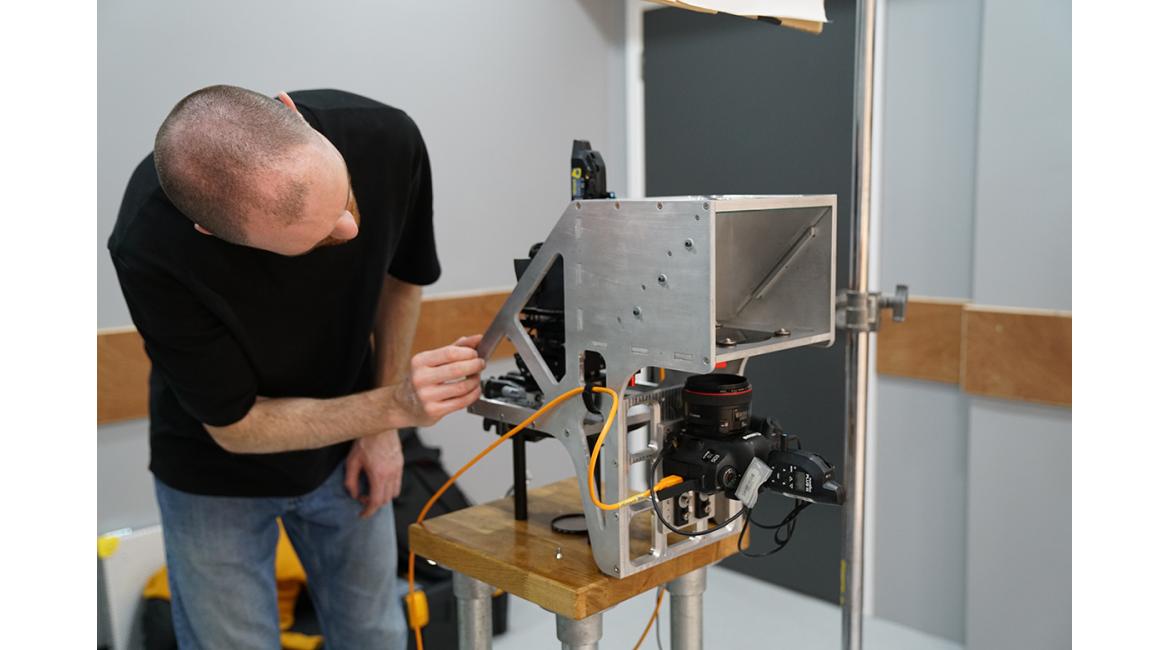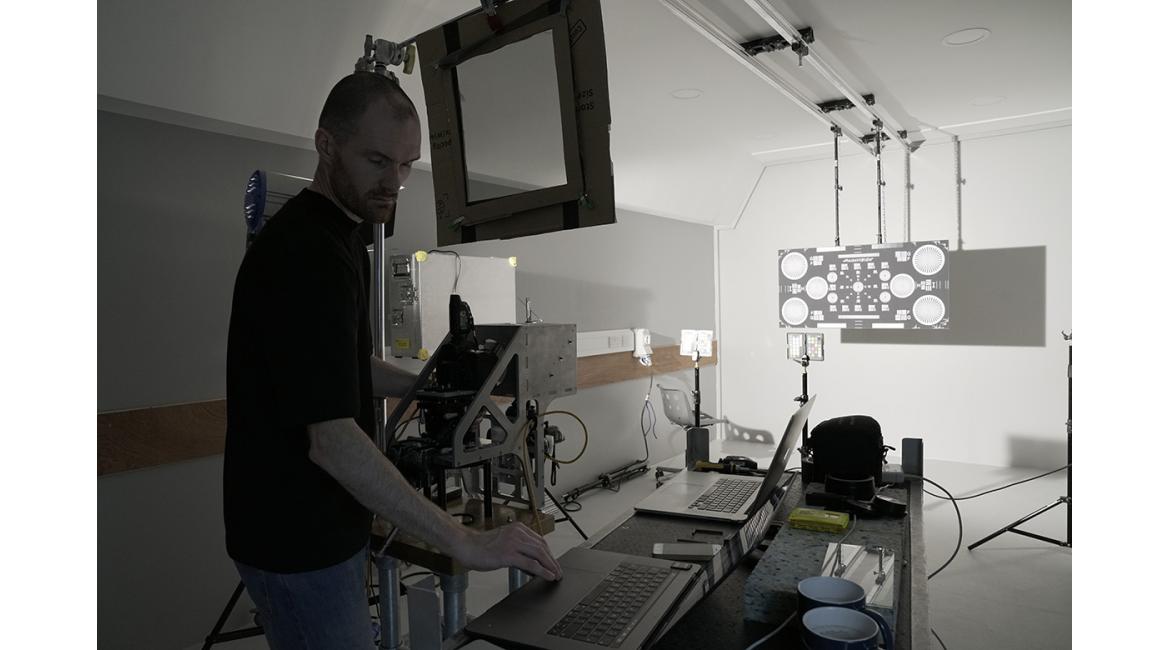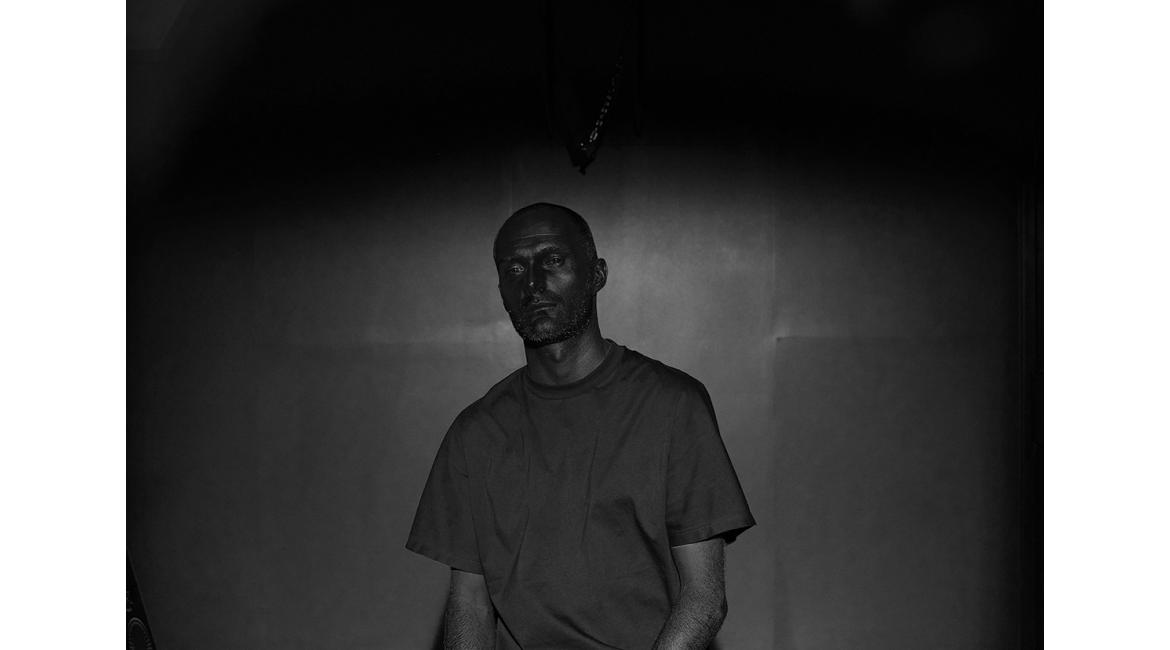Dominic Hawgood is a visual artist who continues to expand upon his repertoire by experimenting with the mediums he uses to create his art and develop his style. We asked him a few questions about his style and what inspires him.
How did you get into photography?
I used to draw very detailed, hyper-real, graphite pencil sketches, often working from photographs where the presence of optics was very apparent. I made the jump into photography when I realised it would be preferable to understand how images were created, rather than laboriously replicating them. From then I progressed through the studio and assisting route and graduated from the Royal College in 2014. From that point onwards I adopted a deconstructed notion of photography and began working more expansively.
You’ve built a 3D rig from scratch, what was the inspiration behind it? Where did the idea come from?
Around the time I won the British Journal of Photography IPA, I teamed up with Jules Malcomson, a talented 3D visualiser with whom I share a broad overlap of interests. We’ve not stopped discussing and testing ideas since, often collaborating on projects, and now working towards setting up a studio together. Both of us have been fascinated in the research coming out of institutes such as USC ICT Graphics Lab, and more specifically, projects led by Paul Debevec. The processes used are fascinating because of the ability to separate and extract the different elements that contribute to a final image. We both felt applying such techniques to moving image would have fascinating outcomes, and so we have set about designing and building a stereoscopic camera rig of our own. We worked together to design and build a custom rig to meet our needs, allowing for the mirroring of one camera in space, that enables two cameras to be in the exact same positions optically.
What inspires you?
I’m very interested in perception, psychedelics, imaging technologies, and light.
What kind of equipment do you use?
I use a varied selection of equipment these days, depending on the project, the application and what’s available. Photography now appears within my practice more as a tool for techniques such as 3D scanning and light capture.
Why do you choose Direct Digital? How has your experience been?
I’ve worked with Direct Digital on-and-off for years, having been introduced to them back when I worked at Metro Studios. I’ve always been impressed by their knowledge, attention to detail, and service. They’ve got an appreciation of creative endeavour, supporting me through study, and have continued to help as I establish myself as a multi-disciplinary artist. The team are super friendly, and I’ve been on so many jobs with them; it’s always a pleasure.
What’s next?
I’m currently working towards a new solo show for which I gained support from the Arts Council to realise. The camera rig was one part of this project, feeding into a larger body of work exploring the construction of reality, psychedelics, and digital aesthetics. The exhibition opens in early 2020 at TJ Boulting (London), for which footage from the rig will be included alongside CG animation, forming an experimental short. The rig we’ve designed is the first iteration and is to be improved upon. Its applications extend far beyond the use for the current show, so we will be working together to explore the uses and applications of combining imagery from different cameras, to merge, extract, or extrapolate information otherwise impossible to capture through conventional methods.
To keep up with Dominic’s work, check out his website www.dominichawgood.com and follow him on Instagram @dominichawgood



